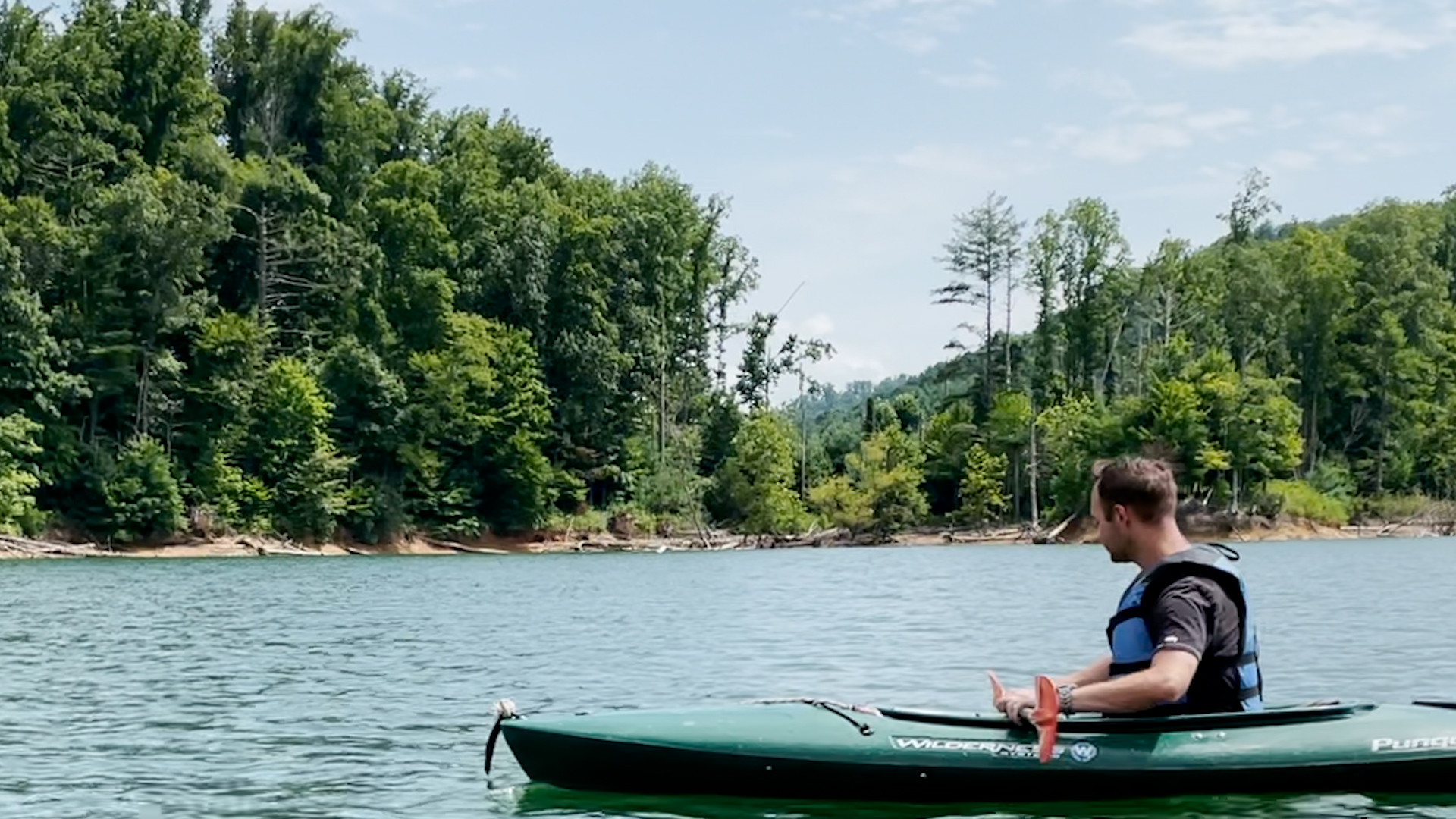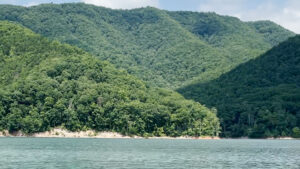Seven Principles
Leaving Only Ripples


As autumn rushes in, many are rushing for one last trip into the river, across the lake, or along a coast before chilly temperatures and ice take over. While traveling along waterways, make sure to boat responsibly by following these tips.

Always plan ahead and prepare. Make sure to schedule your trip so that you encounter water flows that are appropriate for your group. Great resources to help in your planning include the U.S. Geological Survey’s Daily Streamflow Conditions and NOAA’s Daily Tides and Currents. After picking a timeframe with an appropriate flow be mindful of the exact timing, trips during the week and the off-season are less likely to encounter a crowd. Secure a permit if needed and be aware of local regulations that might be in place, reaching out to the land management agency responsible for the area or reading through a guidebook are great ways to get all the info needed quickly, and will help to map out your route. Make sure to pack essential items and learn techniques to keep yourself, and your party, safe while out on the water.
Ensure that impacts related to traveling and camping are focused on durable surfaces. The waters we’re recreating on are great surfaces for travel, but if we hop out of our boats for a hike or to camp, select a site suitable for the group size and concentrate activities on areas free of vegetation such as sand, gravel, or rocks. Utilize existing landings, trails, and campsites whenever possible to reduce the cumulative impact on the area.
Always have a plan to pack out everything we pack in. When dealing with solid human waste reusable toilets, WAG bags, or other approved devices are highly recommended if not flat out required. Depending on local regulations, liquid waste may be dumped straight into the current of a high-volume, fast-moving body of water or scattered along a wide area 200 feet (70 big steps) from water, camp, and trails. To avoid attracting animals to kitchen areas, lay down a tarp to catch small pieces of food and be sure to strain greywater from washing dishes before disposal.
While enjoying your trip, leave what’s enjoyable for the next visitor to appreciate. Since many ancient peoples used waterways as a means of transport long before modern roadways, ancient structures, artifacts, art, and other natural objects abound. Make sure to appreciate these awe-inspiring finds from a respectful distance, just like other visitors before your party did. An important facet of leaving what we find is leaving an area the way we found it. This includes not introducing non-native species by cleaning gear between uses to ensure we are not acting as accidental carriers for invasive organisms.
If we decide to include campfires as part of our experience, let’s do so in the least impactful way possible. Several methods are available that ensure the first few layers of soil beneath our campfire will not be sterilized. The best method would be to utilize an existing fire ring, if one is not present a mound fire or firepan can also be used. If collecting wood is allowed, make sure to only select wood in a dispersed manner that is smaller than your wrist and is dead and down, if firewood can’t be collected, be sure to use only locally sourced firewood to avoid spreading invasive species. Be sure to let fires burn down to ashes and then pack those ashes out.
Water is essential to wildlife. Be sure to respect the animals that call our playgrounds home by keeping our distance to ensure we don’t alter their natural behaviors. Store food and trash securely so as not to attract wildlife to our campsites. Be sure to keep pets under control or leave them at home to mitigate the risk of additional stresses being put on wildlife. Lastly, be sure to avoid sensitive times and places, such as birthing grounds or mating seasons.
As a final note, let’s be considerate to other visitors while out exploring. Communicate with other visitors to coordinate logistics such as campsites, making sure to leave larger areas for parties with more people. This helps distribute impact and increases privacy. Avoid camping or eating near major rapids to ensure others’ scouting and portaging efforts are not interfered with.
Following these tips will ensure your next trip out on the water is as good for you as it is for the waters we love to recreate on. Remember, it’s your world, and it’s up to each of us to look after it.
By the Subaru/Leave No Trace Teams. For over 20 years these teams have provided tangible solutions to serious issues facing our outside space and reach over 15 million people every year. Learn more about the important work of our mobile education teams. Proud partners of this program include Subaru of America, REI, Eagles Nest Outfitters, Thule,Fjällräven, The Coleman Company and Klean Kanteen.
Let’s protect and enjoy our natural world together
Get the latest in Leave No Trace eNews in your inbox so you can stay informed and involved.
